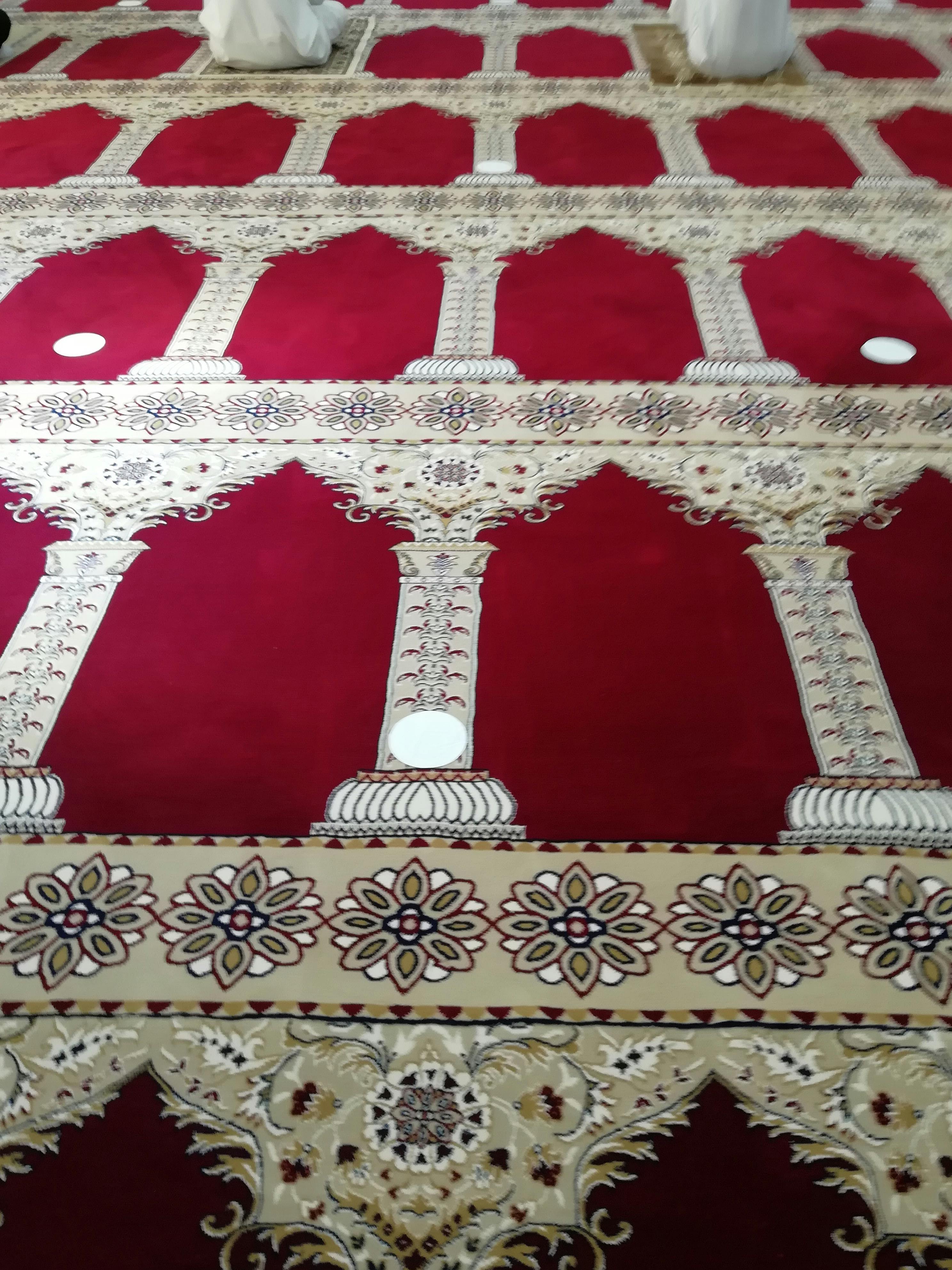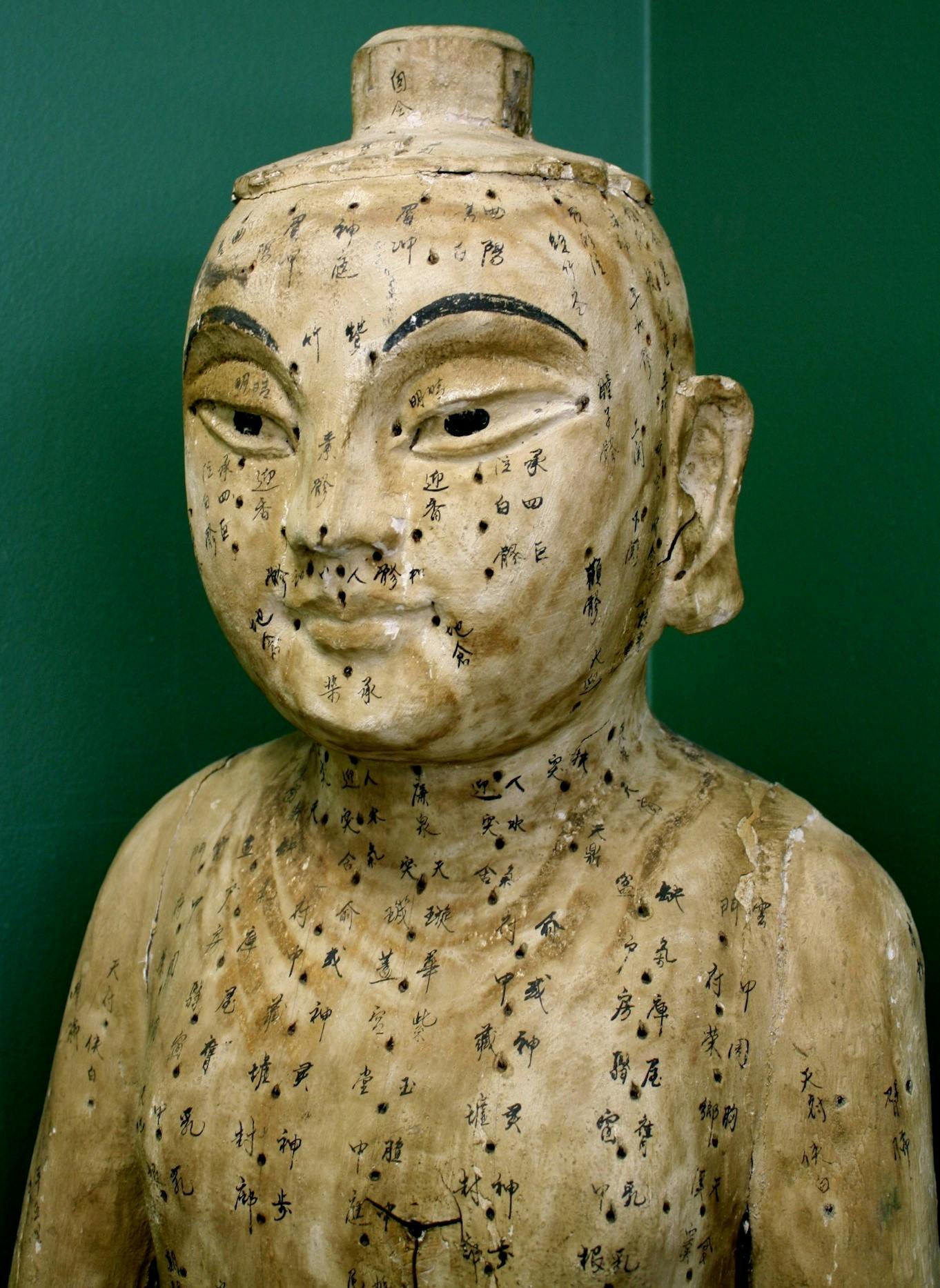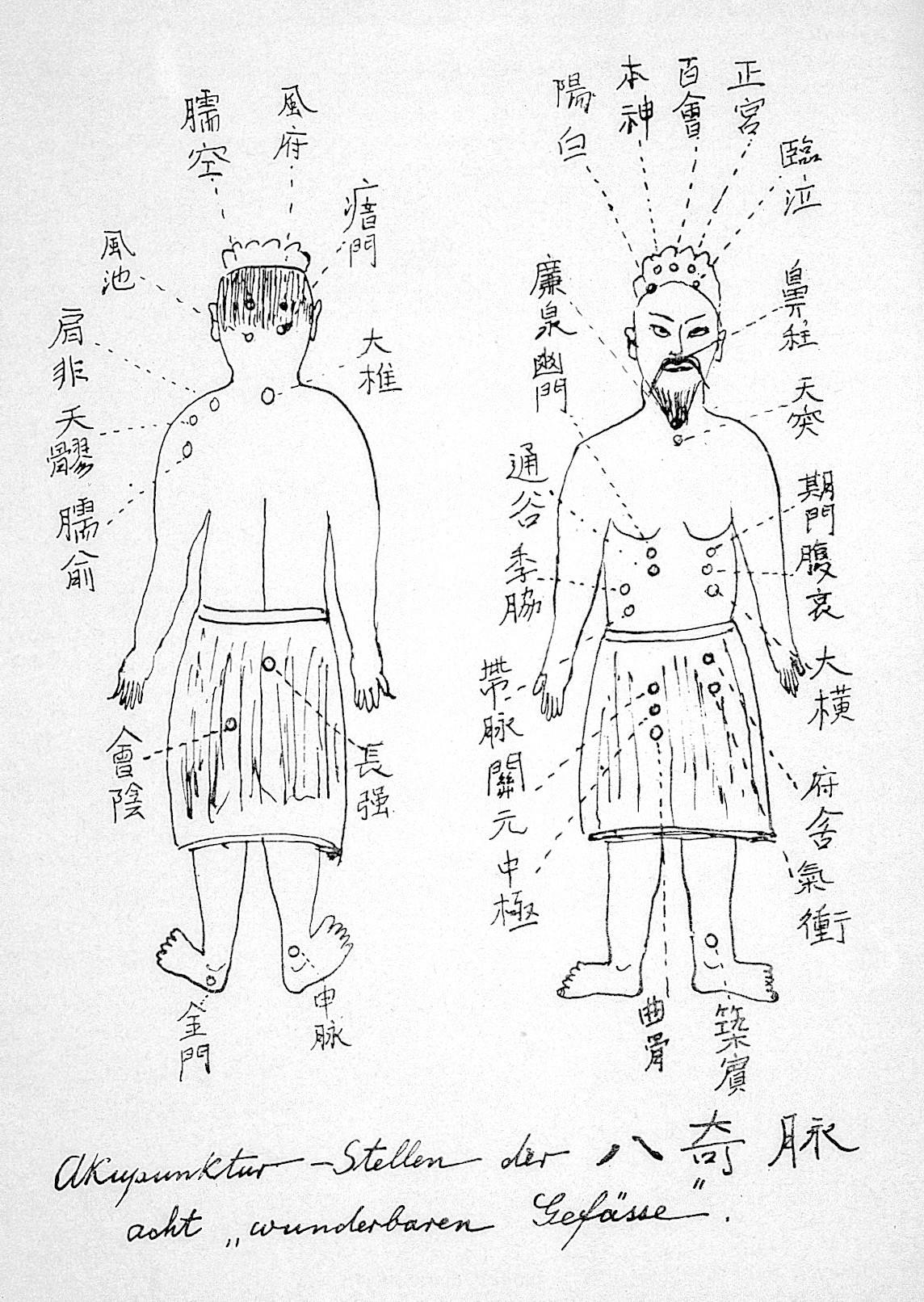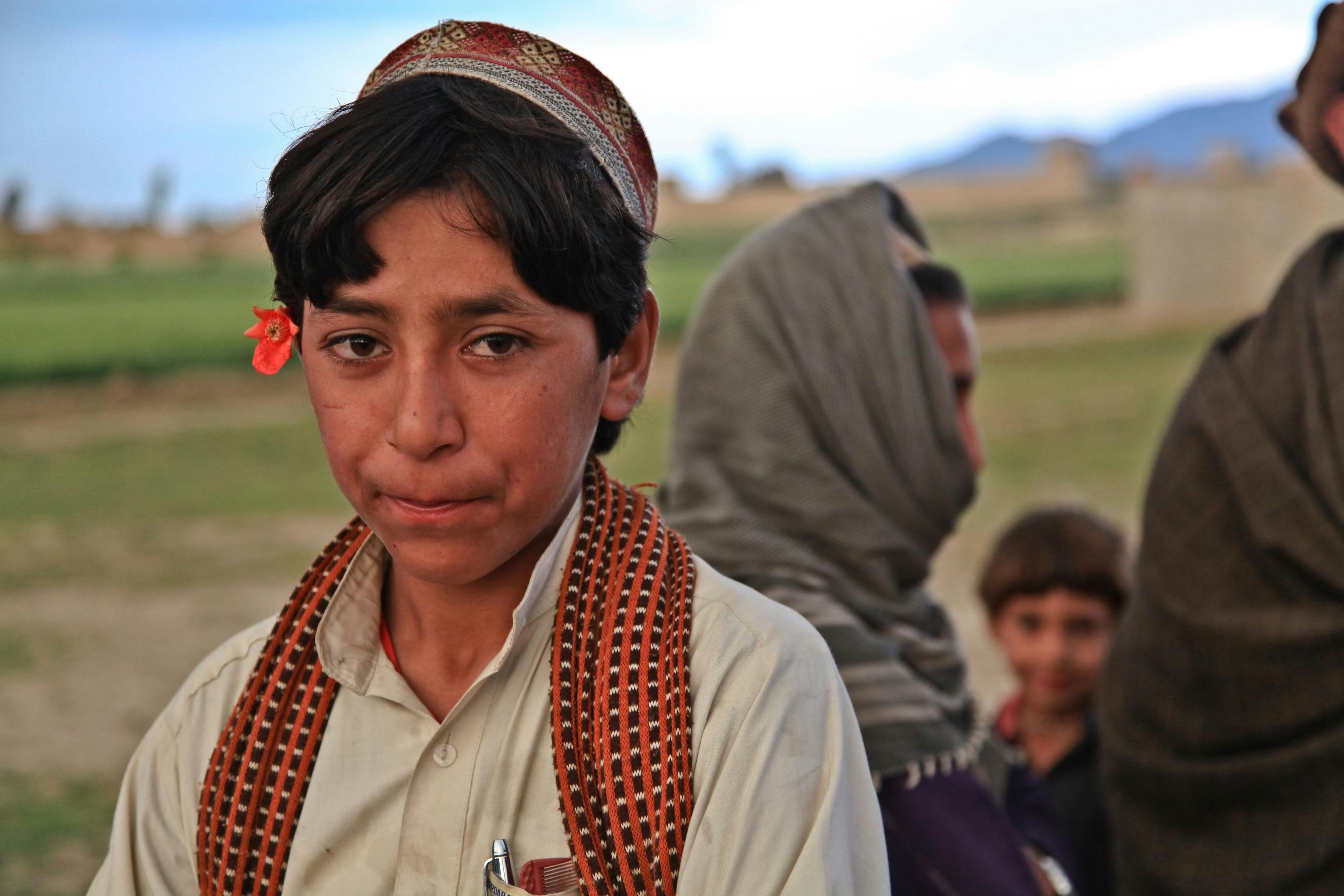
Kolmannskuppe, Namibia, James Kerwin Photographic, ph. Wikimedia Commons
Milanese Universities and Mystery. Liminality, between making home and taking care
As part of the in-depth study of the themes of Unknown Unknowns. An Introduction to Mysteries, 23rd Triennale Milano International Exhibition, since June 2021 we have involved researchers, PhD students and undergraduates from universities in Milan and the network of foreign communities in a series of meetings and seminars organized and coordinated by Pupak Tahereh Bashirrad, architect and PhD.
Since its beginning, cultural anthropology has addressed the unknown as what we do not know that we don’t know: the Other and cultural alterity reveal not only the modalities with which we make sense of the world, but also that there is no univocal and universal way of making sense of the human, of notions of masculinity and femininity, and of ideas of care related both to wellness and discomfort. Get to know what we do not know, especially in an entangled and contemporary world, amidst metropolitan super diversity, transnational and refugee communities, and processes of deep inequality due to globalization, has stressed the role of the anthropological discipline as a tool of translation of cultural diversities but also as a recognition of unexpected similarities, that we did not know that we knew. Anthropology in the contemporary world shows how cultures are not autonomous, independent, impenetrable entities, “already known”, but rather interdependent, fragile, incomplete realities: the very notion of cultural diversity is to be continuously unraveled within the dynamics which take place everywhere, also in Milan.

Ph. by Caroline Selfors on Unsplash
Besides, we do not want to know many things we do know and initially ignore, like patterns of exclusion and of structural violence impinging on the subjects who are forced to move. Our joint path, comprising our passionate researches, moves across these three coordinates, starting from “making home” in Milan for the Egyptian communities, in times of CoV-2 pandemics and within their care and vulnerability relations, to care practices in the Chinese medicine, which are present also in the city of Milan, and encompassing also how Senegalese migrants address and interpret psychic suffering and the sense of fragility and precarity of life, and concluding with two researches on Afghan Pashtun and on their liminality: one in Milan, keeping an eye at how masculinity is defined in precarity contexts, and one analyzing permanent temporariness and structural violence within asylum seekers in Germany.
Gender, home making process, care practices among the Egyptians in Milan at the time of SARS-CoV-2
by Marta Scaglioni
My research moves within the anthropology of the Middle East and the study of Arab diasporas: within the frame of the project TAAD (The Ageing African Diasporas – Fondazione Cariplo), I followed the trajectories of the Egyptian diasporas in Milan. One of the first migrants’ communities to settle in the region, Egyptians have faced the invisible and unknown danger of the SARS-CoV-2 virus and the subsequent pandemic situation in the last two years: many of them died or endured consistent economic consequences, being employed in the restaurant sectors, which was badly impacted by the economic slowdown. Given the emergency situation, I analyzed notions related to old age and ageing, the subsequent ideas of vulnerability and risk, and gender relations and care practices within Egyptian families, which underwent many changes vis à vis the unknown and invisibility of the disease. Egyptians in Milan articulated Islamic notions around ideas of fate, of practices of internal and domestic space management, bringing also care outside the house walls, thanks to the commitment to charity activities.

COVID-19 social distancing in Mosques, Ashashyou, ph. Wikimedia Commons
Globalization, medical pluralism, and traditional medicine as fluxes of culture
by Daniele Mario Buonomo
Chinese medicine was born and developed within classic Chinese culture, where philosophy, religion and medicine, as part of the same system of thought, are not separated by precise boundaries. Even if it can appear as a well-defined corpus today, the Traditional Chinese Medicine (TCM) is an ongoing transforming entity. This process, since its beginning, has happened and still happens both at a global and at a local level, through its continuous contacts with other medicines - especially bio-medicine - and with diversified practices and knowledge, giving birth to hybrid and transforming forms. As a Chinese product, TCM spread thanks to apprentices’ and doctors’ mobility, who gained knowledge of new repertories and practices. TCM changes according to the rhythm of circulation of knowledge, medical resources, and apprentices. This shows the plurality and syncretism of medical practices circulating within transnational medicine’s sectors. But which and how many forms does it assume in the 21st century? Can we still consider it a “traditional” knowledge or, given its ample use across the world, has it to be framed as “modern”? Anthropology gives us the toolkit to answer these questions, allowing us to shed light on our “unknown unknowns”.

An ancient acupuncture statue, Emperor College clinic. Ph. Liana Aghajanian
Migrations, mental health, transnationalism
by Yassin DIA
Experiencing liminality includes a complex entanglement of tensions. As many anthropological studies show, liminal condition encloses a strong transformative force. On the other side, however, it comprises uncertainty and vulnerability. What happens when this condition - transitory and generative - turns into a state of immobility? This condition is appropriate to describe the life experiences of migrants, who are often trapped in precarious socio-economic conditions and in fragile (or irregular) juridical positions. These frailties, apart from unraveling along a protracted period of time, can reveal forms of deep psychic suffering, and the subsequent emergence of articulated and complex therapeutic paths. Among them, some convey care strategies and techniques which cross national boundaries, especially those of the country of settlement. Migrants’ therapeutic paths are shaped by important transnational forces, including different forms of mobility and ties between the country of origin and the context of destination.

Acupuncture, Die Chinesische Medizin, 1929, Wellcome Library, London
Liminal masculinity, geographies of masculinity, transnational patriarchy
Men, Migration and Liminal Masculinities among Pashtun Migrants in Italy
by Yasir Khan
There is a strong aspiration, among young Pashtuns men (an ethnic group living predominantly in Afghanistan and Pakistan) to migrate abroad due to war, terrorism and limited economic opportunities. The prolonged history of migration among Pashtuns ultimately produces a “culture of migration” in which the celebration of migration has become the norm and encourages further migration. Migration plays an instrumental role in supporting Pashtun men to provide for their families and to reconfigure their masculinity. However, Migration, as an event of transition from one country to another, puts these migrant men in an “uncertain and liminal context” (both practically and subjectively) between the old and the new social structure, where they reconstruct and renegotiate their sense of masculinity. Pashtun men in Italy, due to their immigrant status, are suspended in a liminal context that creates disruption in the position, sense of place and power of Pashtun men within the Italian social structure and necessitates renegotiation or repositioning of themselves within the newer social structure to restore their agency. They also become aware of the fact that masculinity is not fixed but contextual and that when, where and how different forms of masculinity can and should be performed. However, to navigate liminality and to construct continuous and stable masculine selves, these men use different strategies such as; continuity through stability, continuity through resistance, and continuity through growth. In the first strategy, continuity through stability, some men constructed continuous selves in the face of challenging and changing contexts. In the second strategy, continuity through resistance, some men constructed continuous selves through resistance, directly resisting the ‘present’ context in favor of a past one. In the third strategy, continuity through growth, men did acknowledge changes in their personality or presentation.

Afghan Pashtun boy, ph. Wikimedia Commons
Afghan Refugees’ Permanent Temporariness: Liminality
by Ashfaq Khan
The liminality basically derived from the Latin word limen meaning “threshold”. The liminal space is located in-betweeness. It marks the place, border or line at which a passage can be made from one space to another. In liminality the masses’ lives’ transition from an old condition to a new condition as well as one social position to another are hinder or not able to be accomplished successfully. As I find out the refugees’ identity crises, religious radicalization, depression and anxiety while living in permanent temporariness on the basis of “tolerated stay permit”. This is granted to those refugees who are going to be deported to their origin country however their deportation is hinder owing to illness, pregnancy, missing concern documents, taking care of close relative in condition of medical treatment, and enrolling in vocational trainings. I refer liminality to “permanent temporariness”. Overall, the refugees’ migration to Germany occurs because of war and socioeconomic, religious and political reasons. Most of the refugees live in permanent temporariness due to long waiting for residence permit and asylum case interview. The permanent temporariness situation diverts refugees more intensive way to religious side especially during deportation days. As well as permanent temporariness provoke violent tendencies, anger and suicides intentions because refugees exhaust while living in a condition for years where they anticipate their future in black hole.

Ph. by Rowan Freeman on Unsplash